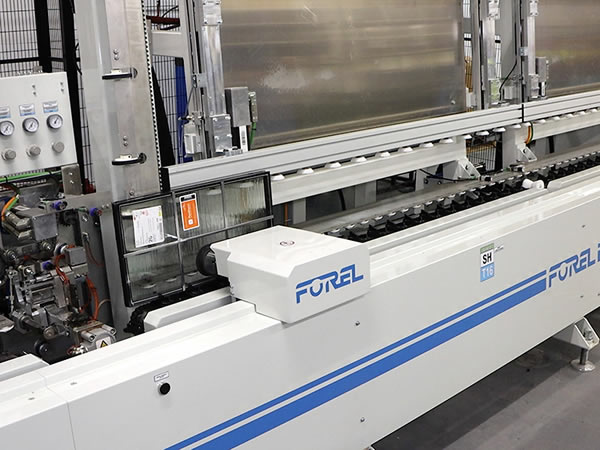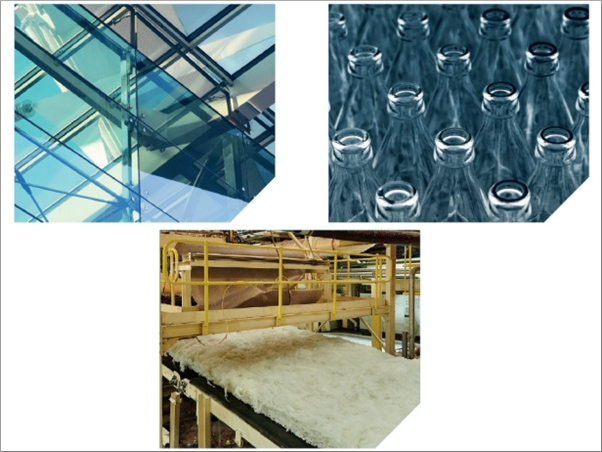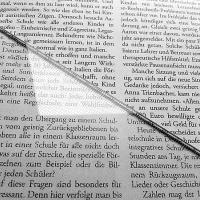Date: 11 February 2015
Intricate patterns, images or even gradients of translucency can be now be achieved through the sandblasting method for excellent bespoke glass finishes suitable for even the most detailed architectural glass installation.Privacy: Sandblasted, patterns glass compared to a clear glassThe process of sandblasting glass can produce areas of glazing that can be used as a privacy screen, a decorative glass unit or can create an anti-slip resistance to walk on glass units.By firing sand particles at the surface of glass you then create a cloudy or frosted glass finish that can be used on areas of glass where light transmission through the surface is required but privacy is wanted."268" width="390" src="/UserFiles/2(856).jpg" alt="" />
Sandblasted glass can be used to create a fixed level of privacy through the glass. Bands of sandblasted elements can be etched through the glass or a gradual change from transparent glass to translucent can be designed for a lower level of privacy whilst maintaining light levels.
When used to a decorative effect any number of patterns or manifestations can be sandblasted into glass units. Images like logos can be etched into the surface of the glass. Alternatively, you can sandblast the majority of glass leaving areas clear to create an image or pattern that way.
.jpg)
Dot matrix sandblasted pattern glass sample
In floor or walk on glass units the process of sandblasting scuffs the top surface of the glass. This creates a slightly rougher external surface to the glass panel which then has anti-slip properties. This can be achieved through a full sandblast or by sandblasting a uniform pattern, such as a dot matrix, into the surface of the glass. Obviously the level of slip resistance will change depending on the pattern used.
IQ Glass can now offer intricate and precise sandblasted finishes to glass units of up to 6m x 3m. Contact us to find out more and view our Pinterest board of sandblasted/frosted glass finishes for more inspiration.









Add new comment